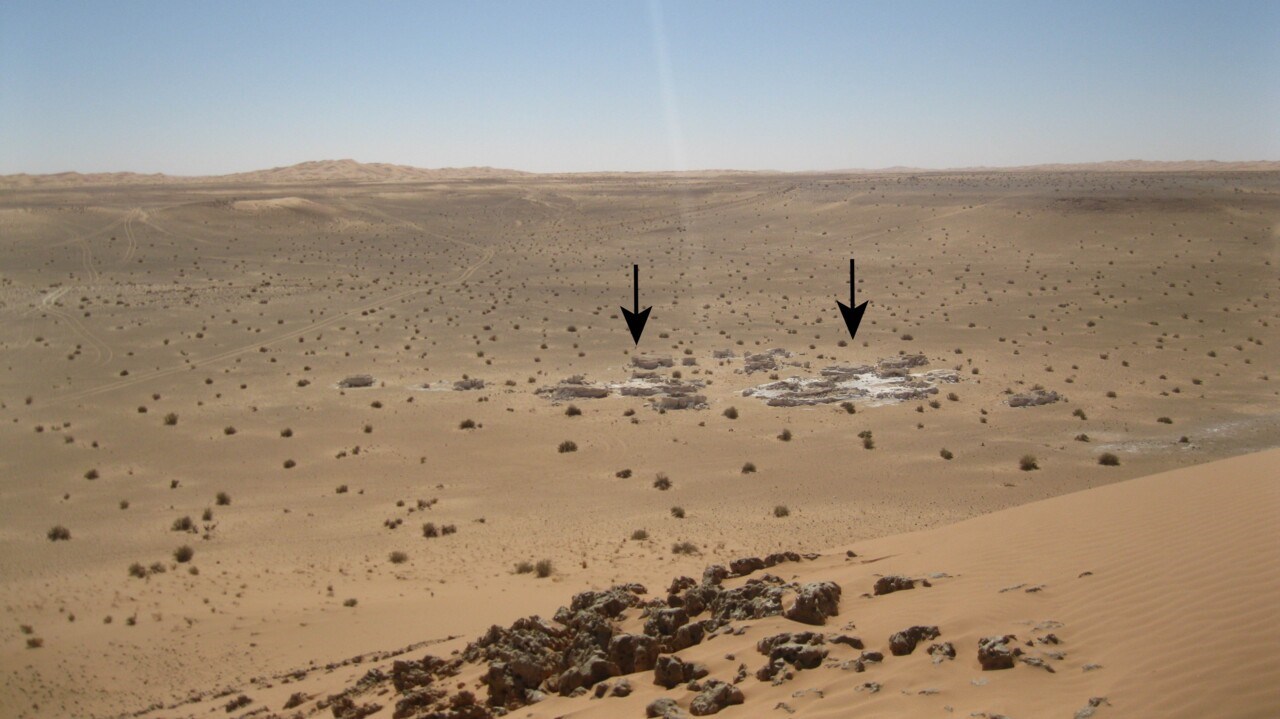The paper Early to Middle Holocene hydroclimate changes in the Guern El Louläilet depressions, Algerian Sahara is published in the Journal of Paleolimnology and is part of Christos Katrantsiotis collaboration with the Laboratory of Paleontology and Paleoenvironmental Research in University of Oran, in Algeria.
The research was performed by the Phd student, Nassima Yahiaoui, in Algeria while C Katrantsiotis from Umeå University contributed with data interpretation and the writing of the paper.



